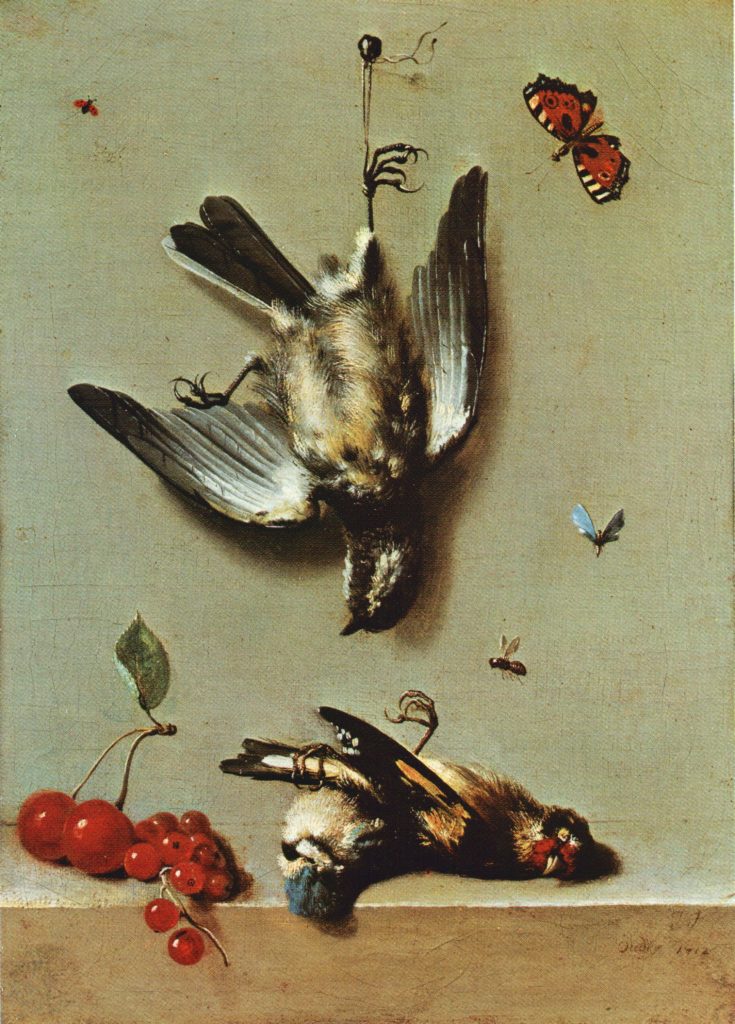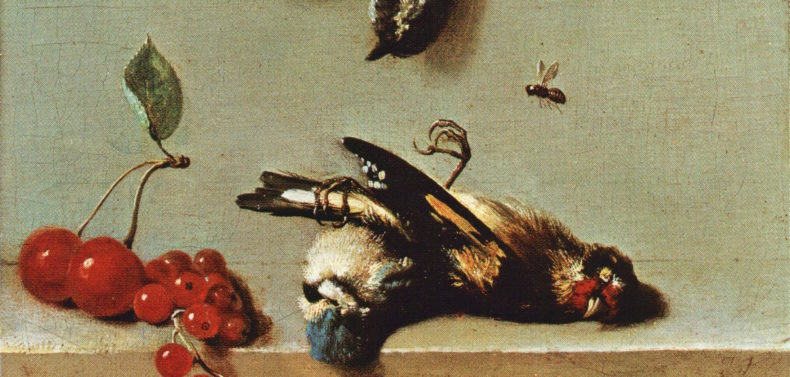The Willson Center for Humanities and Arts, in partnership with the UGA Graduate School, UGA Arts Council, Franklin College of Arts and Sciences, and Flagpole magazine, has awarded 34 micro-fellowships in its Shelter Projects program. The $500 fellowships support graduate students and community-based artists and practitioners in the creation of shareable reflections on their experience of the current pandemic through the arts and humanities.
Statement: Christina Wood Martinez is a fiction writer with short stories appearing or forthcoming in Granta, McSweeney’s, Virginia Quarterly Review, and other journals. Her story, “The Astronaut,” won the 2018 Shirley Jackson Award for short fiction. Originally from California, she is a PhD student in UGA’s English and Creative Writing program, a teacher, and the editor of echoverse, a digital anthology of writing about the environment and climate change.
Her Shelter Project, “The Oriole,” an excerpt from a longer, in-progress piece of fiction, is about loss and family, isolation and congregation, and gardens and birds.

Flagpole: How does your short story “The Oriole” reflect your personal experience or thoughts surrounding the current pandemic? Does the oriole bird carry personal or symbolic significance to you?
Christina Wood Martinez: With “The Oriole,” I was really trying to express the feeling of grief: the way it fills up and slows down your body, the way it dampens the way you think and makes familiar things feel very unfamiliar. This story came out of a moment where I was experiencing a lot of grief in my own life. Two of my aunts died in 2019, and my grandmother and one of my friends passed away right when the pandemic was escalating. We weren’t able (still haven’t been able) to have in-person memorial services for my grandmother and friend, and I wasn’t able to go to my aunts’ funerals because of travel distance. I was thinking about the isolation that came with those instances of grief and the isolating experience we were all going through as shelter-in-place mandates set in.
But I was thinking, too, about the things that connect us, the things that bring community into our isolation. We do share the experience of grief, in the sense that we grieve a loved one together, but also in the sense that grief is a part of the human experience. We share memories, we share this moment and this planet. We share things with people we’ve never even met.
In the later sections of the story that aren’t included here, “The Oriole” turns toward thinking about connection rather than isolation. Back in the spring, on the phone, my mom told me about birds that were making a nest in her backyard, and at that same moment, I was looking out my window, watching the birds. There are orioles here in Georgia where I live, and there are orioles in New York where my brother and his wife live, and there are orioles in San Diego, where my parents live (albeit a different species). I thought: wouldn’t it be nice if we shared these birds? If they could somehow fly all the way to California and New York and back? The oriole felt like a nice image to guide this story toward expressing that sense of connection-through-natural-world in an imagistic way.
Flagpole: What are your current plans for the full-length work of fiction that “The Oriole” is excerpted from? Is there anything readers ought to know about the characters or plot before jumping in?
CWM: The rest of the story is in final stages now! It’s a story in three different parts and the text published here is the whole first part, so readers can start there without needing any additional information. The second part is the text of the sister’s letter that is on its way in the mail in the first part of the story. In the letter, she describes her vision for an afterlife. The third part is just a page long—it returns to the original woman, now reflecting on her sister in a different way after receiving the letter.
I was reading The Professor’s House by Willa Cather when I was first working on this story, and that book gave me the idea for the three-part structure. There’s a middle section to that book that pivots away from the direction you think the novel is heading in. It shifts from a domestic story into more of an outdoor adventure story. Cather said with that pivot, she “wanted to open the square window and let in the fresh air,” and I realized that’s what this story needed, too: a bit of fresh air, a broader perspective. Grieving can feel like sitting in the bottom of a pit, and I wanted to end the story with more hope, a way of crawling out of the pit and looking toward the horizon.
Flagpole: Rather than focusing on climate change’s large-scale global impacts, the digital anthology echoverse explores the many nuances of daily lived experience. What were your ideas behind creating echoverse volume one: day to day? How can looking at specific populations, regions or personal relationships with environments through artwork and writing help us better understand the impacts of climate change?
CWM: Art offers us ways of understanding the world. If the news gives us the informational—the “what’s happening?”—then art gives us the experiential—the “how does it affect us?” We need both to make sense of our time and our world.
With echoverse, I wanted to highlight the fact that the climate crisis is something we’re all experiencing and engaging with in the here and now. When we read about climate change and natural disasters in the news, these things can often seem far off and abstract. It’s almost too big to understand. So, I asked echoverse contributors to think about the smaller ways we experience our changing environments on a day to day basis. What do we notice changing in our cities, neighborhoods, and backyards? How do the changes affect the way we move through the world, the things we think and worry about when we’re walking down the street, the way we feel when we’re making a cup of tea? I was really blown away by all the work that artists and writers contributed.
My main goal was to create a platform where artists could consider these questions and have conversations about environmental change through their artwork. These are conversations we need to keep having in as many fields and arenas as possible, and I’m really excited to keep echoverse going as one part of that conversation.
Like what you just read? Support Flagpole by making a donation today. Every dollar you give helps fund our ongoing mission to provide Athens with quality, independent journalism.










